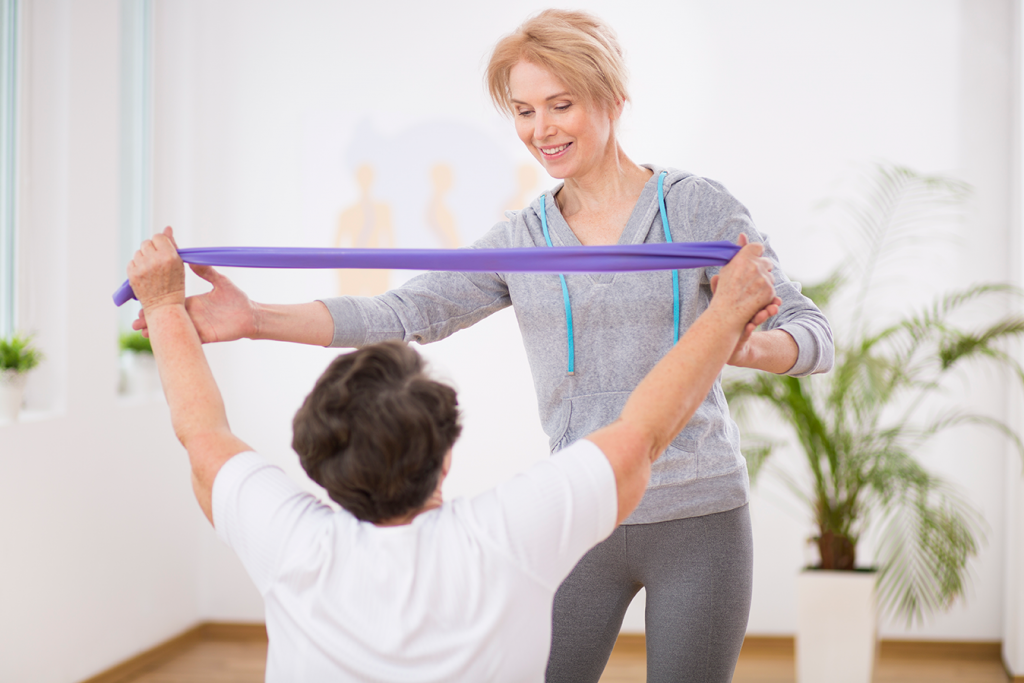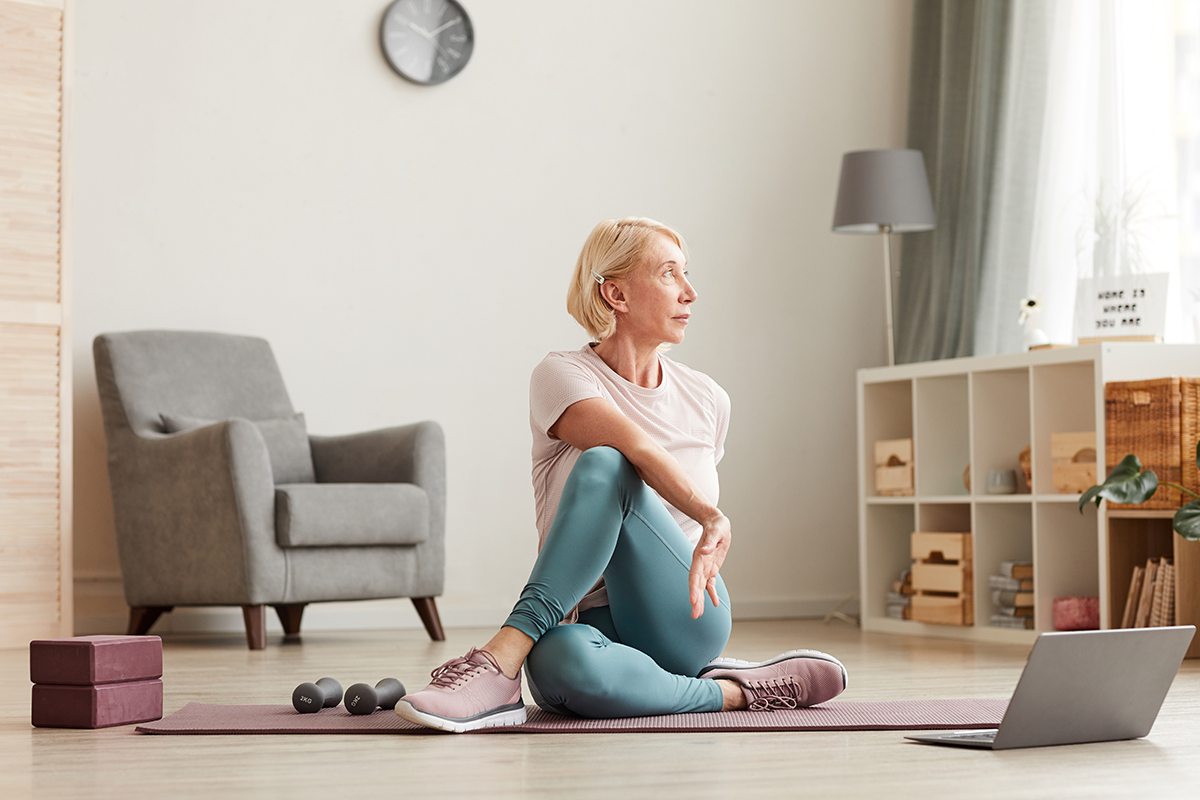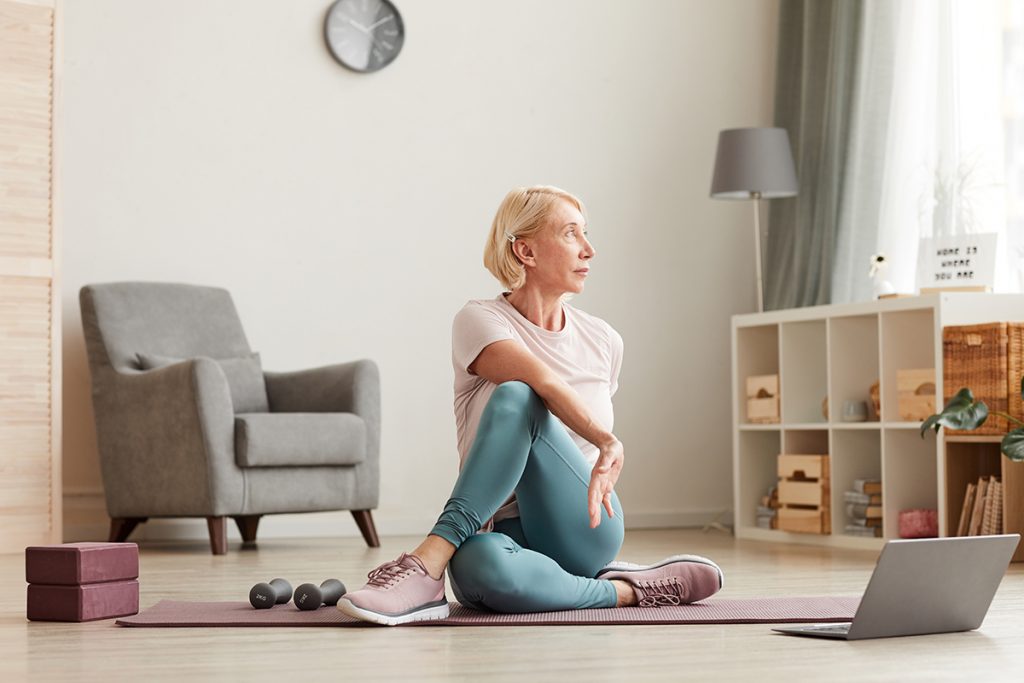Menopause Exercise: The Depression or Well-being Determinant?
Wonder if your menopause exercise prescription makes a difference? It turns out your hormone ride during menopause deems exercise more necessary than ever. Your hormones reveal more than your likelihood to store belly fat or hot flash.
Research published in the Menopause Journal says your likelihood of being depressed or feeling positive lies in your physical activity level. The study addressed menopause, movement, and mental well-being.
One of 7 levels of physical activity was assigned to each subject:
- I do not move more than is necessary in my daily routines;
- I go for casual walks and engage in light outdoor recreation 1 to 2 times a week;
- I go for casual walks and engage in light outdoor recreation several times a week;
- Once or twice a week, I engage in brisk physical activity(eg, yard work, walking, cycling) that causes some shortness of breath and sweating;
- Several times a week (3-5), I engage in brisk physical activity(eg, yard work, walking, cycling) that causes some shortness of breath and sweating;
- I exercise several times a week in a way that causes rather strong shortness of breath and sweating during the activity;
- I do competitive sports and maintain my fitness through regular training.
Which level describes you?
Based on that you fall into one of these categories:
- Low (1 to 3)
- Medium (4 and 5)
- High activity (6 to 7)
Subjects in the study with the highest level of activity had the lowest incidence of depression and the greatest sense of well-being.
That’s the bottom line.
What’s most interesting is that researchers measured not only self-reports of depression but hormone levels. So the study was both objective and subjective.
Given we’re in a time when positive mood, attitude, optimism are so important to how we get from day to day, this is just one more message to get moving.
There’s More
Menopause has historically been associated with negative feelings about aging and with greater incidence of depression than in younger women or same age men. The proper menopause exercise prescription, however clearly has the ability to change your well-being.
In fact, many women report that this is a time of great life satisfaction.
Menopause Exercise Rx
The high activity level word descriptions used in this study are exact descriptions of the High Intensity Interval Training and strength training to fatigue that are a necessity for women who want to flip 50 feeling not just well, but outright full of energy and vitality during and beyond COVID19.

Often when I talk about the After 50 Fitness Formula for Women, and a critical part of it — “Less Exercise, More Food” — inevitably an audience member will comment. She may say something like, “I’m so glad you said women over 50 need less exercise.”
I get nervous with that simple statement. Because like a recent podcast I created about “Moderate Exercise,” that is too open to interpretation.
So let me take some real estate in this post to get clear:
- You are not a flower.
- You are not delicate.
You absolutely need to push limits in your workouts – for seconds at a time. That’s true when you’re in good times and when you’re in COVID19.
You need moderate amounts of:
- High Intensity exercise that gets you breathless
- High Intensity strength training that takes you to muscular fatigue
- Fill in with low to moderate exercise that you love
It is #1 and #2 above that have the best opportunity to change your hormones for the better, and in doing so changes your mental well-being, your visceral belly fat, your hot flashes and night sweats, and reverses the effects of 179 genes associated with aging.
Careful Clarification
Advice to do less exercise is often interpreted as advice to do “light” exercise or following a doctor’s vague advice to “walk.” It’s not enough. And walking 3 or 4 miles a day as many women do in an effort to overcome weight or fat gains in menopause only makes matters worse. Greater volume of the same ineffective exercise will not get you better results.
Yes, you want less exercise. Less than you think, and of the right type (of intense exercise).
It’s true that if you’re just beginning you start with habits. We get you hooked and regular first. Yet, yes, you can do interval training when you start. COPD patients and asthma sufferers often do best with intervals. If they can you can. We simply apply a progressive plan for you.
Before you start intervals it may be appropriate for you to “restore before more.” If you’re already exhausted, suffering from mood swings, your first step is to restore yourself with rest, sleep, nutrients and movement, NOT exercise.
Menopause exercise is not a generic prescription for all women in menopause. It should be based on your unique condition now, your current hormone status (assessed by a fitness specialist by your signs & symptoms), and your personal preferences and schedule.
Yet, menopause exercise has the power to make this second half better than the first.
Reprinted from flipping50.com with permission from Debra Atkinson.
Debra Atkinson is the #youstillgotitgirl who is flipping 50 and changing the way thousands of women think about their second half. She’s the host of the Flipping 50 TV Show and the Flipping 50 podcast. As a master personal trainer, strength and wellness coach with over 30 years fitness industry experience, she works with women who are pro-aging with vitality and energy. She is an international fitness presenter, author of hundreds of articles and multiple books. Visit her website, flippingfifty.com
Reference:


